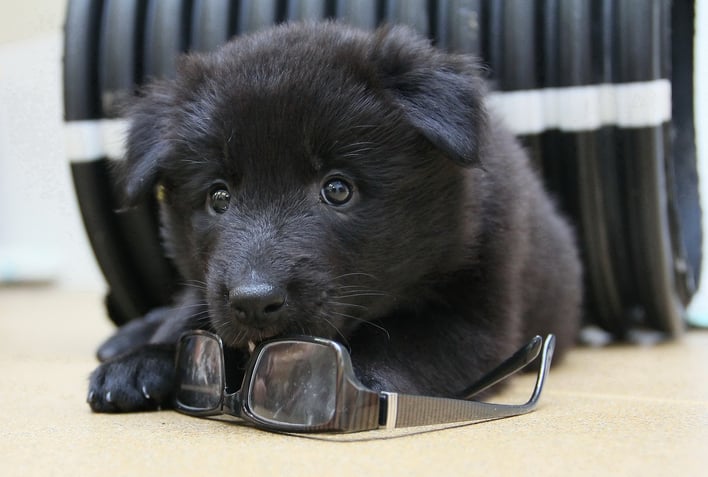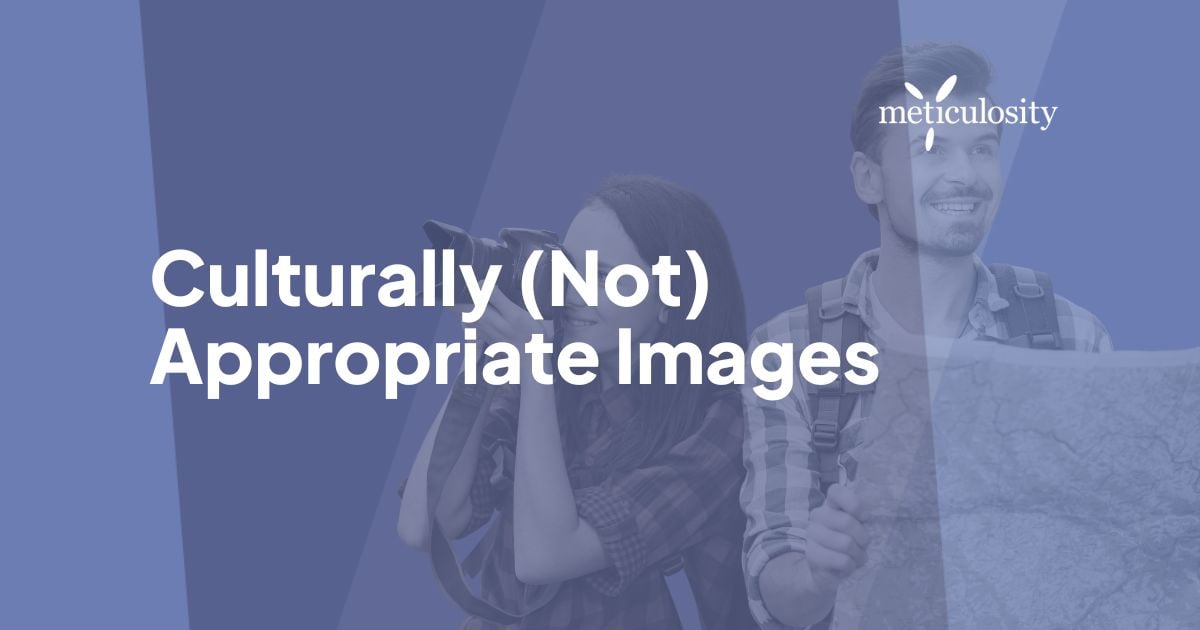Over 70% of customers are more likely to buy a product that is sold in their local language. With ecommerce, this stat rises to 80%. Understanding culture can offer you a competitive edge in international marketing in terms of sales – still, there’s no end of examples of even the largest ecommerce traders in the world making mistakes. So how can you avoid inappropriate imagery in your international campaigns?

The first step is easy: do the research and not just on keywords. Religion, education, government, and cultural values all play a role in what is and what isn’t appropriate for marketing to different audiences. It’s vastly different across the world – even across nations that speak the same language – so understanding that culture is different from nationality is key.
What to Consider When Choosing Images
One size does not fit all
It’s not enough to try to fit your square peg of a brand into a round hole, sometimes you’ll need to rethink your entire strategy alongside these images. You’ll also need to take a step back from cultural assumptions and double-check everything you do. Things you take for granted may be deeply ingrained in your culture. A company selling spectacles in Thailand learned this to their detriment quite a few years ago – discovering that the cute images of animals wearing glasses they were using did not marry well with the local culture. Instead of being appealing, the glasses were disliked because of cultural associations. Animals in particular mean different things across the globe.

Color selection
Some cultures have a significant affinity for certain colors – in China for example the color red is seen as a bringer of luck and wealth. There are colors to avoid, too. In Spain, UPS trucks had to be repainted because brown trucks resemble hearses. Likewise, in Germany the brown uniform is associated with WW2 and a past many do not wish to be reminded of. Research the color preferences of your markets and take note. You definitely don’t want to make the same mistake the Telecom company, Orange, made in Northern Ireland.
Geographical accuracy
It’s offensive when a brand doesn’t bother to understand your local culture and surrounding nation, so it’s not surprising that this is where two huge blunders have been made in recent years by major companies. If you’re going to post a map, like Coca-Cola did at the end of 2015 of what they thought was Russia, pay extreme attention to detail. Coca-Cola posted a map that excluded Crimea from Russia. To Russians, it was clearly missing a territory. In an attempt to solve the situation, Coca-Cola quickly posted a picture with the missing land in it and other disputed territories. In complex geopolitical situations, it’s important to keep up to date with what’s going on.

Religion
Confusing religions and practices is a huge and costly mistake that can easily be avoided. Do your research when it comes to the religious values of your target market. Understand what times of the year are important for your audiences (Ramadan? Christmas? Eid al-Adh? St Nicholas Day?), as well as what images and phrases might be offensive. In Hinduism, Buddhism, and Jainism, a symbol that looks to the untrained eye like a Swastika is an ancient symbol of success and prosperity. In Hindu culture, there is also a profound respect for cows that results in an avoidance of eating beef for many – where a US market might react well to an image of a burger glistening under the light, to this market that’s distasteful.

Don’t be lazy
Maybe you’re already using imagery abroad and you know it might be inappropriate. Don’t take shortcuts when searching to replace this imagery. In 2012, global furniture giant IKEA, took a shortcut by photo-shopping out a woman they thought would be offensive for their audiences in Saudi Arabia. In theory, this showed a keen understanding of cultural values but we live in a global society and their home markets noticed the total lack of effort. This wasn’t a Saudi family enjoying IKEA furniture. This was a Swedish family minus the woman.

Research
There’s no shame in asking a third party to produce research for your target market – it won’t just save you time but it can also ensure you don’t make costly mistakes. If you want to do the research yourself, here are some things to focus on:
- How people respond to power
- How much people care about the wellbeing of others
- How people view animals
- Cultural beliefs about gender equality
- Religion







